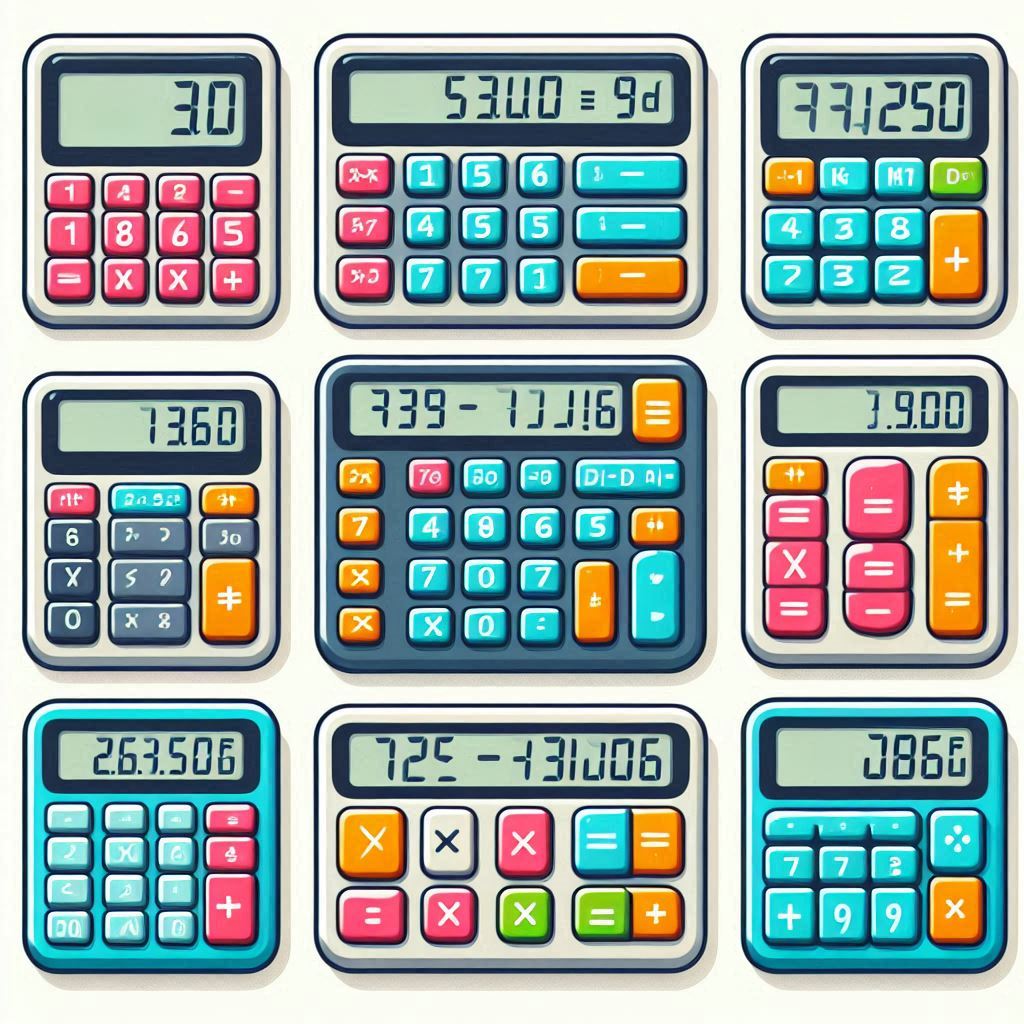How to Find a Cube Root Without a Calculator
페이지 정보

본문
How to Find a Cube Root Without a Calculator
Finding the cube root of a number is a fundamental mathematical skill that can enhance your problem-solving abilities. While many rely on calculators for such computations today, understanding how to find the cube root manually is not only beneficial for educational purposes but also useful in real-life applications. In this article, I will guide you through several techniques to find the cube root without a calculator, ensuring that you feel confident tackling these problems.
Understanding Cube Roots
Before we dive into methods for calculating cube roots, it's essential to grasp the concept itself. A cube root of a number (x) is a value (y) such that when (y) is multiplied by itself three times ((y \times y \times y)), it equals (x). This relationship can be represented mathematically as:
[
y^3 = x
]

For example, the cube root of 27 is 3, because:
[
3 \times 3 \times 3 = 27
]
Techniques for Finding Cube Roots
1. Prime Factorization
One of the simplest methods to find a cube root is through prime factorization. The idea here is that if a number is expressed as a product of its prime factors, you can identify the cube root by grouping the factors.
Steps:
- Factor the Number: Break down the number into its prime factors.
- Group the Factors: Group the prime factors in sets of three.
- Multiply the Groups: The product of the groups gives the cube root.
Example: Find the cube root of 216.

- Factorization gives us: (216 = 2^3 \times 3^3).
- Grouping the factors: ((2 \times 3)^3).
- Thus, the cube root of 216 is (2 \times 3 = 6).
2. Estimation Technique
In some situations, especially when dealing with larger numbers, estimation can be useful.
Steps:
- Find Two Cubes: Identify perfect cubes around the number for which you need the cube root.
- Estimate: The cube root will lie between the two integers whose cubes you found.
Example: Estimate the cube root of 50.
- The closest perfect cubes are (27 (3^3)) and (64 (4^3)).
- Therefore, the cube root of 50 is estimated to be between 3 and 4.
3. Using the Long Division Method
The long division method is a systematic approach that can be utilized for finding cube roots of any number, including decimals.

Steps:
- Group the Digits: If it’s a large number, start grouping the digits in sets of three from the right.
- Find the Largest Cube: Identify the largest cube less than or equal to the first group.
- Subtract and Bring Down: Subtract the cube from the group, then bring down the next group.
- Double the Root Found: Multiply your current root by 2; this will be the divisor for the next phase of the division.
- Repeat: Continue the process until you reach the desired precision.
4. Newton's Method (Numerical Approach)
For those comfortable with a bit more complexity, Newton’s method provides an iterative way to approximate cube roots.
Steps:

- Start with an Initial Guess: You can start with any reasonable number close to the suspected cube root.
- Use the Formula:
[
x_n+1 = \frac2x_n + \fracAx_n^23
]
Where (A) is the number you wish to find the cube root of and (x_n) is your current guess.
- Iterate: Continue applying the formula until your guess converges to the cube root.
Why Does Understanding Cube Roots Matter?
Understanding cube roots is not merely academic; it has practical implications across various fields:
- Engineering: Calculating volumes of cubes and other geometrical shapes.
- Science: Understanding and interpreting physical laws that involve cubic dimensions.
- Finance: In compound interest scenarios, where exponential growth is analyzed.
Quotation
As Albert Einstein aptly stated, "Pure mathematics is, in its way, the poetry of logical ideas." Understanding the roots of numbers enriches our mathematical literacy and empowers us to navigate the complexities of various disciplines.
Summary
Finding cube roots without a calculator; click the next web site, is a skill that fosters a deeper understanding of mathematics and can significantly enhance cognitive abilities. By mastering techniques like prime factorization, estimation, the long division method, and Newton's method, I can confidently find cube roots by hand, no matter the complexity of the number involved.
Frequently Asked Questions (FAQs)
Q: What is the cube root of negative numbers?
A: The cube root of a negative number is also negative. For example, the cube root of -27 is -3.

Q: Can cube roots be non-integer values?
A: Yes, cube roots can be non-integer values. For instance, the cube root of 8 is 2, while the cube root of 10 is approximately 2.154.
Q: Are there any apps available to learn about cube roots?
A: There are numerous educational apps available that can help you learn about cube roots and other mathematical concepts, including Khan Academy and Photomath.
Q: Why is it important to learn cube roots?
A: Learning cube roots enhances numerical literacy and critical thinking, useful in various fields such as science, engineering, and finance.
Conclusion
Mastering the process of calculating cube roots manually allows us to engage more actively with mathematics, sharpen our problem-solving abilities, and carry valuable skills into practical scenarios. Whether in academic settings or real-life applications, I can confidently tackle cube roots without the dependency on calculators, enriching my mathematical journey.
- 이전글The 10 Scariest Things About Small Metal Shipping Containers 25.09.07
- 다음글비아그라 종류별 비아그라 사용후기 25.09.07
댓글목록
등록된 댓글이 없습니다.
